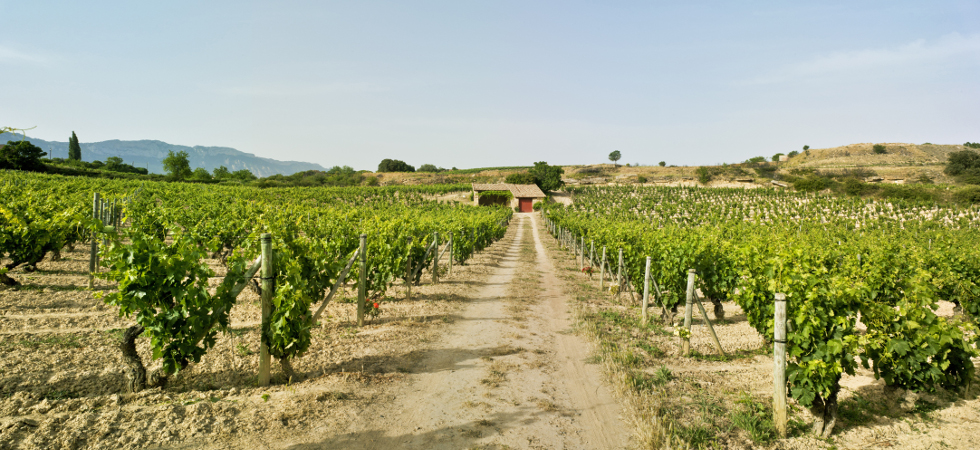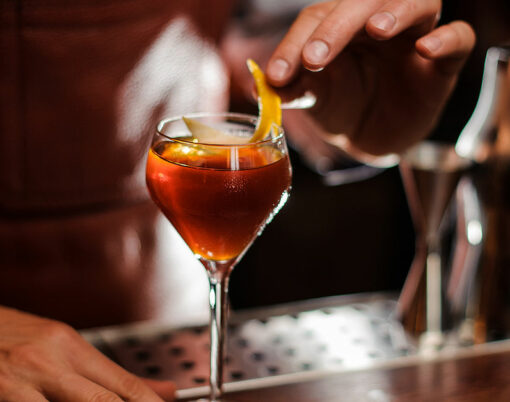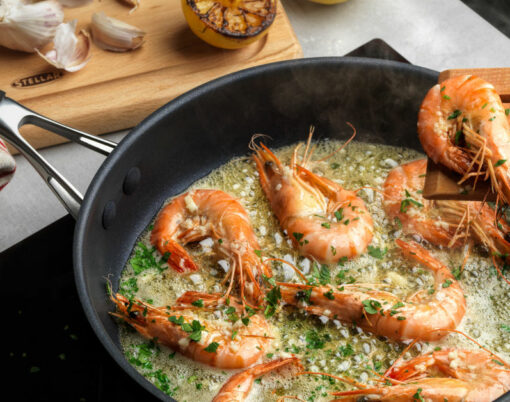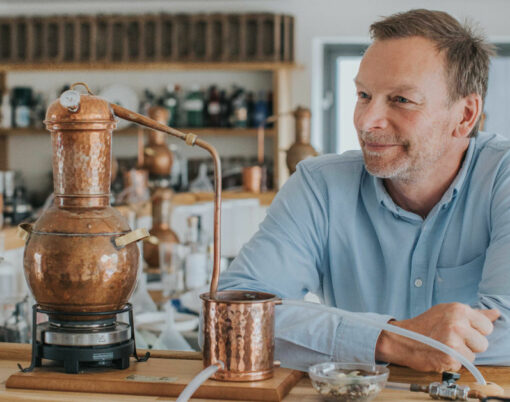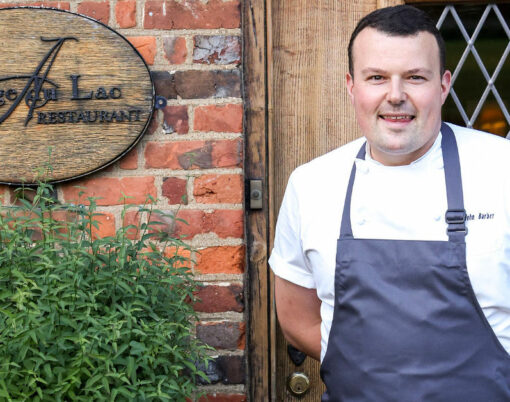Daniel Eros Carnio, the founder and director of Oenofuture, looks at how the Burgundian approach is taking root in iconic wine producing regions like Barolo in Piedmont.
Most wine lovers and drinkers will agree that Burgundy is one of the world’s finest wine producing regions. Apart from being the source of some of the most expensive wine in the market, the legendary DRC or Domaine de la Romanée-Conti which sells for approximately £10k per bottle, Burgundy is also extremely fragmented and complicated. The area is divided into numerous villages, appellations of origin, Premier Crus, Grand Crus, and so on, making it almost impossible to remember them all.
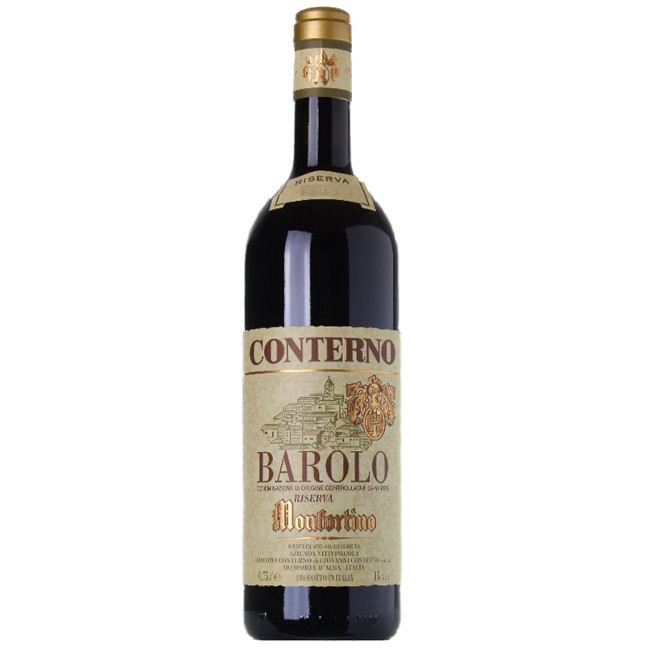
One distinctive feature of Burgundy, though, is the fact that while some vineyards produce the greatest nectar in the world which has the honour of being labelled Grand Cru, others do not and are labelled under the generic Burgundy appellation. This legislation has divided up the Burgundy into small wine producing areas and even single vineyards, creating a detailed map of terroirs. This French word captures the essence of the Burgundian model which showcases the unique characteristics of each area or individual plot.
The wine world is constant evolution and this concept of breaking down the region by classifying its vineyards is spreading widely, especially amongst iconic wine producers. Traditionally, great wines are made in a specific and unique terroir, so it’s hardly surprising that a more and more Burgundian approach is taking root in iconic wine producing regions like Barolo in Piedmont.
This very traditional area of wine production has recently been mapped to reflect the clear differentiation in Barolos from one commune to another, and finally the legislation has also changed to allow the indication of the specific vineyard on the label. From the prestigious Francia vineyard a the Barolo Monfortino from Giacomo Conterno jumped to €1,000 euro per bottle from an entry price of €270 in one year. This is an example of the high demand from wine lovers for worldclass wines which are true expressions of a terroir.
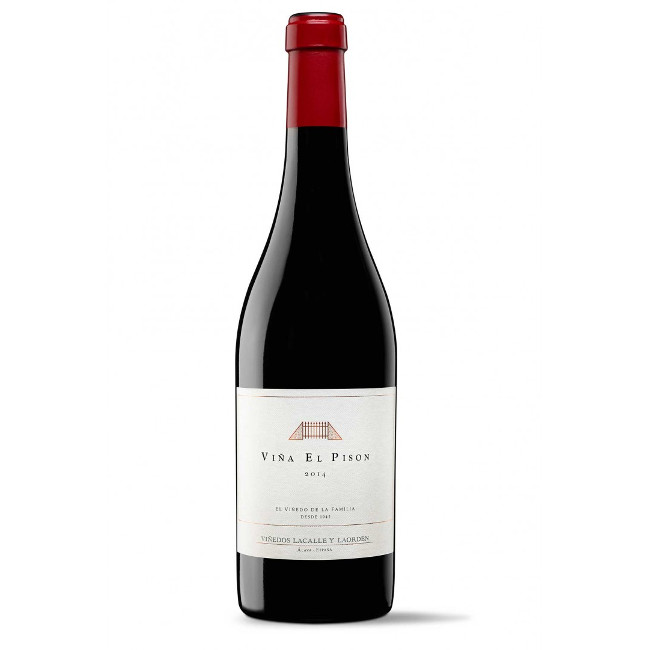
This Burgundian approach is gaining momentum in other countries as well as Italy.
The iconic Artadi estate is located in Laguardia, in the Northern part of La Rioja, and has a reputation for producing some of Spain’s finest wines. Traditionally Artadi has been known for the production of a single vineyard wine, El Pison, which obtained the highest score in the wine industry from James Suckling, Robert Parker and Tim Atkin. El Pison is produced in a small vineyard in very limited numbers of bottles and shows incredible return in the wine investment market. Here, just as in Burgundy, the fundamental aim of the winery is the true representation of a great terroir.
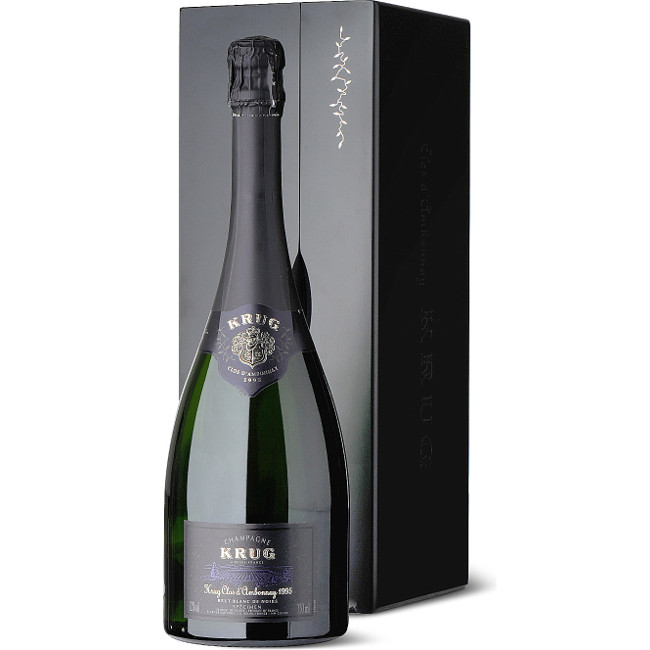
Single vineyard wines frequently become some of the most iconic wines, as in the case of the Krug Clos D’Ambonnay. The wine is produced from a vineyard of just 0.68 hectares located in the heart of Ambonnay. Produced only in great vintages, this spectacular Champagne retails for around £1,700.
With wine consumers increasingly interested in discovering new wines and new areas, the trend of producing iconic single vineyard wines is on the rise. New World areas still need to express their true potential and could also benefit from adopting the Burgundian way, but for the moment it is certain that the future will bring great surprises for all wine lovers.












